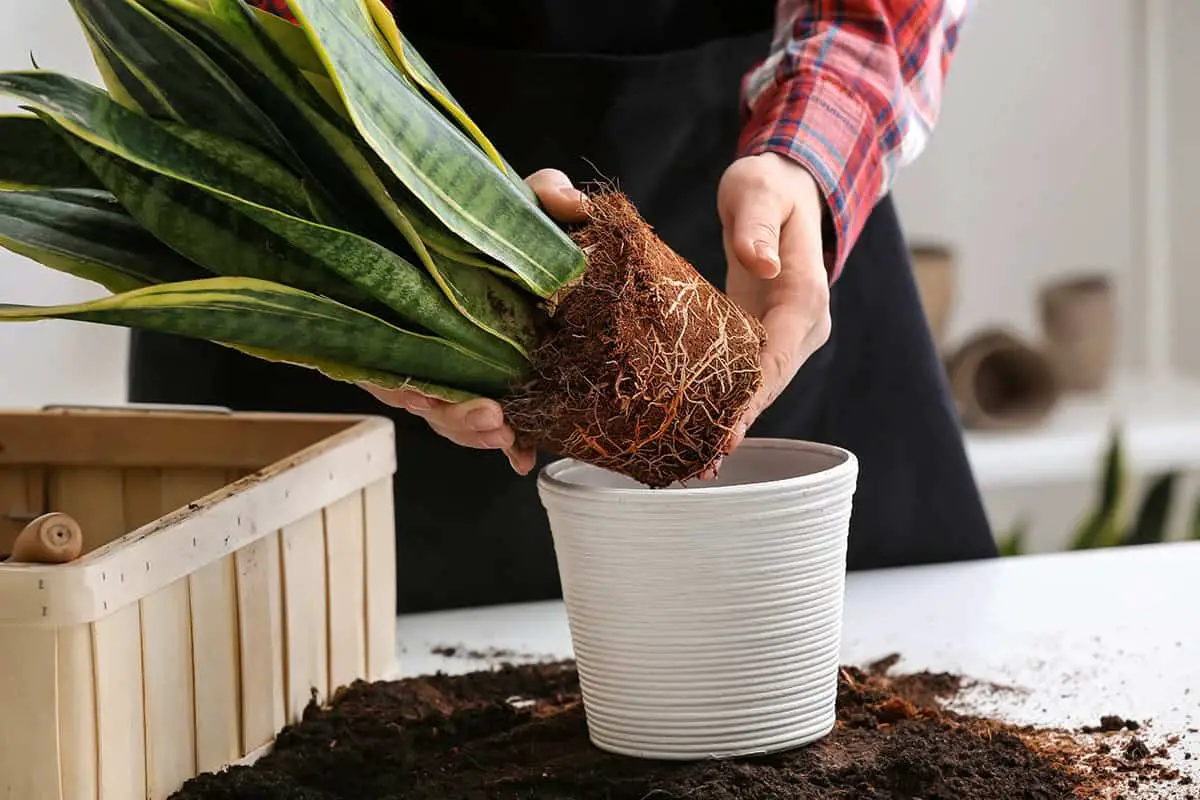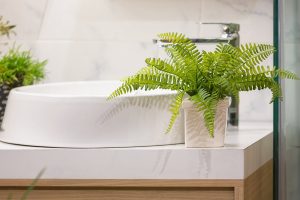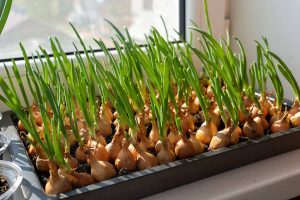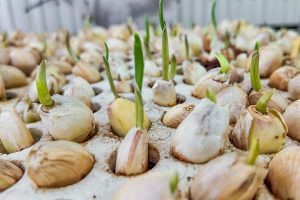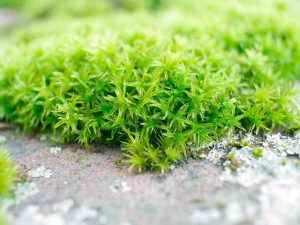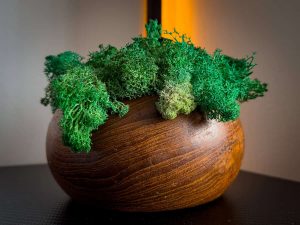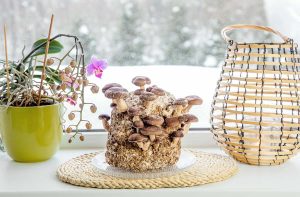You notice your favorite houseplant looking a bit droopy, and its growth seems to have stalled. Despite regular watering and care, something isn’t right. These could be signs that it’s time to repot. In this article, we’ll identify when your plant needs a new home.
Table of Contents
Roots Growing Out of Drainage Holes
When roots emerge from the bottom of the container, it indicates they have outgrown their current space.
This condition can stress your plant. Limited space restricts root growth and prevents proper nutrient absorption. Your plant becomes root-bound, leading to stunted growth and poor health.
Proper drainage is essential for plant health. Choose a new container that is larger with adequate drainage. For instance, select a pot that is two inches wider in diameter than the current one.
Inspect your plant regularly. If you see roots poking out from the drainage holes, it’s time to move the plant to a larger home. This ensures better water and nutrient distribution.
Ignoring this sign can lead to severe consequences. Root-bound plants may experience yellowing leaves, wilting, and reduced growth.
Repotting helps the plant thrive. When transferring to a new pot, gently loosen the tangled roots. Place the plant in a fresh potting mix. Water thoroughly after repotting to help the plant adjust to its new environment.
Roots Circling the Surface of the Soil
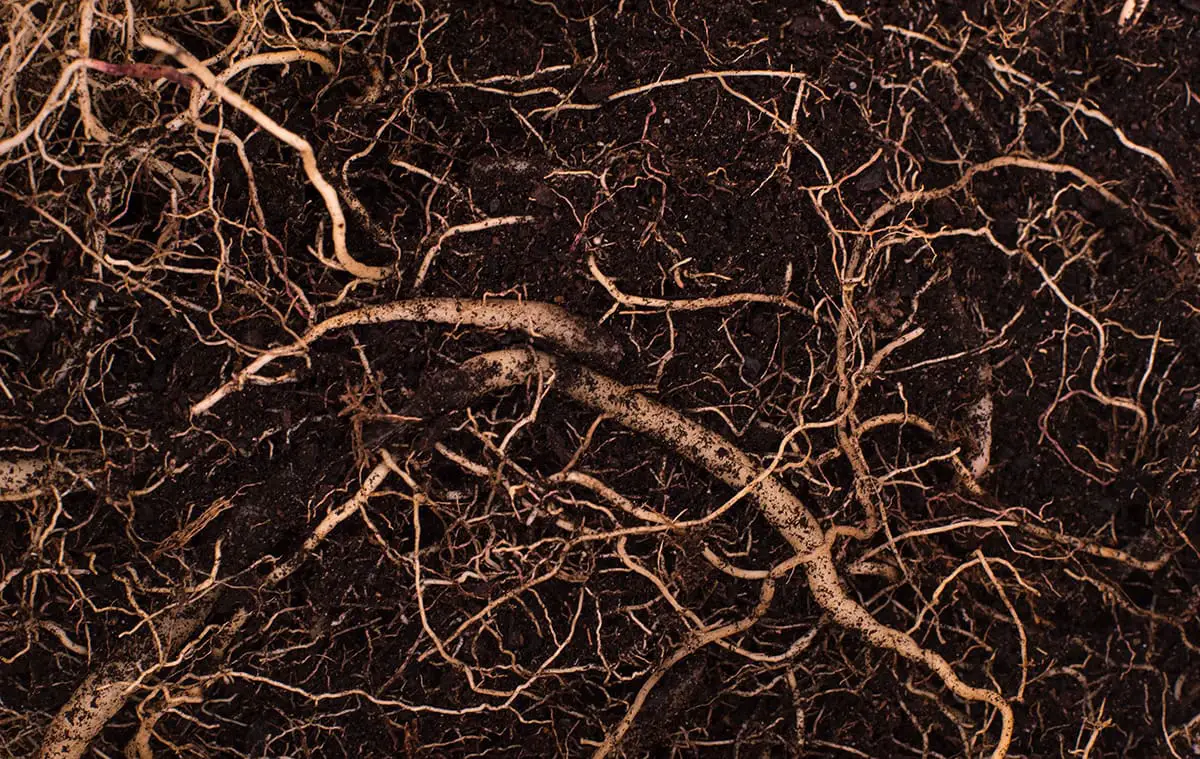
When roots begin to grow in a circular pattern on the soil surface, this indicates that they have no more space to expand. This often happens when the plant has outgrown its current container.
You should gently remove the plant from its pot to examine the roots. If you notice a dense network of roots circling the rootball, it’s time to take action. This root-bound condition can restrict the plant’s ability to absorb water and nutrients.
Carefully trim any circling roots to encourage healthy growth. Place the plant in a slightly larger pot. Make sure the new pot has adequate drainage to prevent root rot.
Using fresh potting mix can also provide new nutrients. Avoid using garden soil, as it’s often too heavy for container plants. This will help your plant thrive in its new environment.
Addressing circling roots promptly can prevent several issues. It can stop root diseases and promote better water and nutrient absorption. Ensuring your plant is not pot-bound will support its overall health and growth.
Soil Dries Out Quickly
Fast-drying soil indicates that the current pot may be too small or the soil mix inadequate. This can lead to root issues and poor plant health.
The roots may have outgrown their space, causing the soil to lose moisture faster than it should. As roots become tightly packed, they leave less room for soil. This imbalance leads to rapid drying between waterings.
Dry soil often means the plant is not getting enough nutrients and water absorption is compromised. This stresses the plant, making it susceptible to health issues such as wilting and leaf drop.
If dry soil persists, consider repotting your plant into a larger container. Choose a pot that offers more room for root expansion. Use a new soil mix that retains moisture effectively.
Before repotting, check the potting mix. A good mix should hold moisture while allowing excess water to drain. Wet the soil mix before using it to ensure even absorption. This helps prevent water from running straight through the pot without moistening the roots.
Repotting when you notice quick-drying soil supports healthier roots. It allows for proper hydration and nutrient uptake. This simple step ensures your plant thrives.
Plant Becomes Top-Heavy
A top-heavy plant is prone to falling over, especially when dry. This imbalance indicates the need for a larger pot.
A top-heavy plant can signal root overcrowding. The roots might be tangled and too compact for the current container. Repotting into a larger pot provides space for roots to grow.
Another sign of a top-heavy plant is poor water absorption. If water pools on the soil surface, the roots are likely too dense. Repotting helps improve water absorption and promotes healthy growth.
You might notice smaller leaves or stunted growth. These are signs your plant’s roots are restricted. Repotting can rejuvenate the plant, allowing for new, healthy growth.
Slow or Stunted Growth
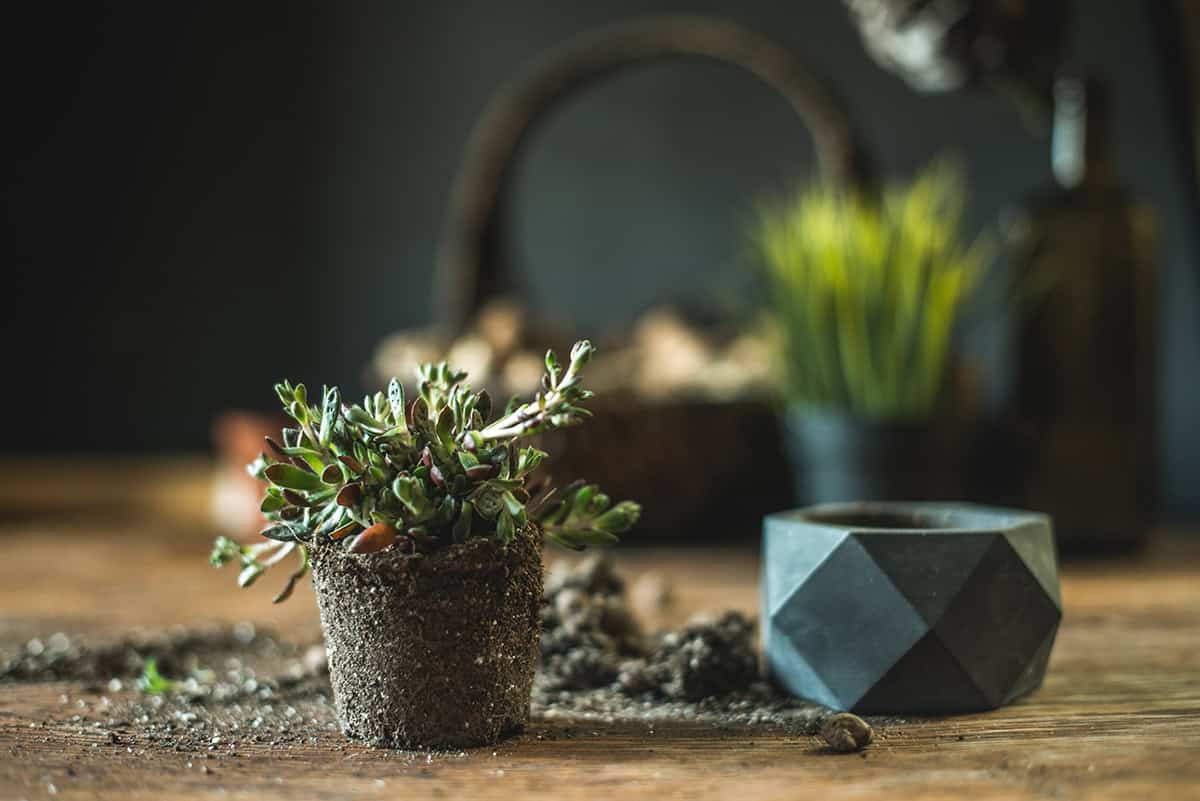
This issue often happens when the plant has outgrown its pot. Roots may become cramped, reducing the plant’s access to nutrients and water. Nutrient deficiencies can result in yellowing leaves and weak stems.
Plants needing repotting may also exhibit slow growth. If your plant struggles to grow despite proper care, insufficient room for roots could be the issue. Check for roots poking out of the drainage holes.
Another sign is when your plant can’t maintain moisture between waterings. Compacted roots reduce soil’s ability to retain water. This makes the plant dry out quickly and hampers growth.
Repotting may be needed to refresh the soil. Over time, the soil loses nutrients which causes stunted growth. Introducing new, nutrient-rich soil helps the plant thrive again.
If a crust of salt or mineral deposits forms on the soil, this may also stunt growth. Removing the old soil and replacing it can help. Make sure to choose a pot that allows enough room for root expansion.
Yellowing or Wilting Leaves
When roots become too crowded, they can’t absorb water or nutrients efficiently, causing the leaves to turn yellow.
Wilting leaves can result from a lack of water uptake. This happens when roots are tangled and can’t spread. Observing these symptoms can help you decide if repotting is necessary.
A nutrient deficiency might also cause yellowing leaves. Roots confined in a small pot cannot access sufficient nutrients. Repotting your plant into fresh soil can provide the nutrients it needs.
Visual Signs:
- Yellow Leaves: Nutrient deficiency, water stress.
- Wilting Leaves: Overcrowded roots, water uptake issues.
When you see these signs, consider examining the roots. If they are tightly packed, consider repotting. This allows the plant to thrive in a larger pot with fresh soil. Be proactive in noticing these symptoms to keep your plants healthy and growing. Don’t delay repotting when you observe yellowing or wilting leaves. Prompt action benefits your plants.
Water Drains Too Quickly
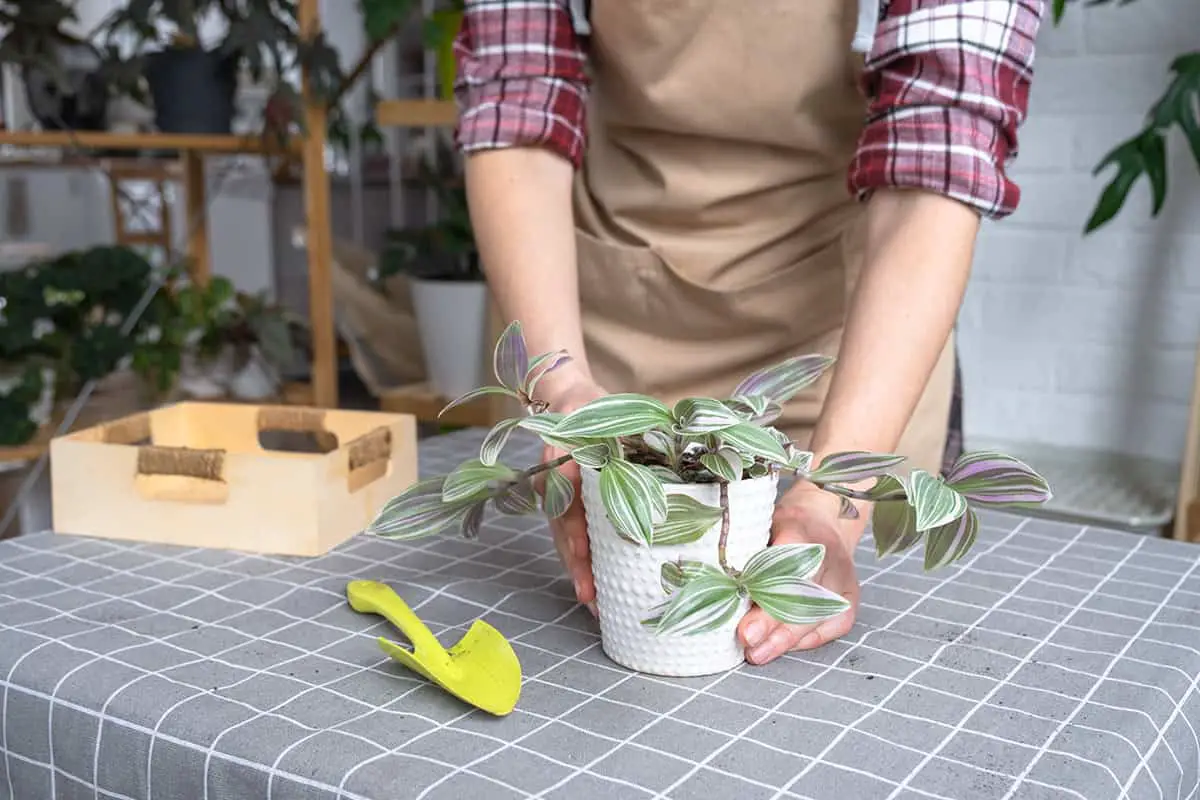
When water rushes through the pot, it may not be properly hydrating the soil. As a result, your plant might not be getting enough moisture.
You may notice dry soil shortly after watering. This is because the roots don’t have enough soil to retain water. This condition often suggests compacted roots.
Roots poking out from the pot’s drainage holes can also cause water to drain too fast. When this happens, it’s time to move your plant to a bigger pot.
Using new soil when repotting helps retain moisture better. Make sure to use a pot that fits the plant’s size to avoid this problem. Moisture-retaining soil mixes, often available at garden centers, can be beneficial.
How to Repot Plants Step-by-Step
To repot your plants, start by choosing the right pot size. Pick a container that is about 2-4 inches larger in diameter than the current one. This allows room for growth. Ensure the new pot has drainage holes to prevent waterlogging.
Gently remove your plant from its old pot. You might need to tap the sides to loosen it. If the plant is root-bound, carefully tease apart the roots with your fingers. This promotes better growth in the new soil.
Place a layer of fresh potting mix at the bottom of the new pot. Set the rootball in the center. Adjust the depth so the top sits about an inch below the rim. This prevents soil overflow during watering.
Fill the space around the rootball with the new potting mix. Firm the soil gently to eliminate air pockets. Water the plant thoroughly until water drains from the bottom. This helps settle the soil and hydrate the roots.
Position your repotted plant in a suitable spot. Make sure it gets the appropriate light and temperature for its type. Monitor the plant closely for the first few weeks. This ensures it adapts well to its new container.
